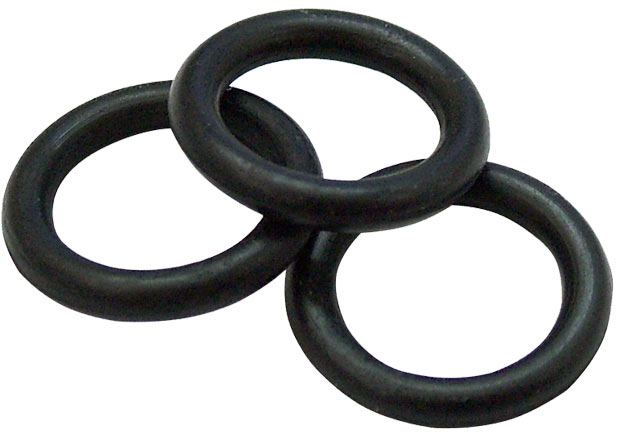Storage Life of O-Rings
O-rings and other rubber products may undergo changes in physical properties as they age. As such, guidelines exist regarding the maximum recommended shelf life for various elastomer types. The shelf life recommendation from SAE ARP5316 for NBR rubber is 15 years. Many manufacturers use a figure of 7 to 10 years.
Poor storage can reduce the useful life significantly!

Factors effecting Storage Life
Temperature
The ideal temperature for O-ring storage is 40°F to 80°F (4°C to 27°C). The temperature should not be permitted to exceed 120°F (49°C). The O-rings should be a minimum of 4 feet away from any direct heat source (heater, radiator, vent, etc.).
Humidity
Relative humidity should be maintained at less than 65%. Excessively dry conditions (relative humidity less than ~25%) should also be avoided.
Light
Ultraviolet light can be harmful to certain elastomer types. Whenever possible, O-rings should be stored so that they are not directly exposed to sunlight or high-UVcontent artificial light.
Oxygen or Ozone Exposure
Oxygen and ozone can lead to unwanted hardening or chemical attack. O-rings should be stored in airtight containers to limit exposure to these gasses. Electrical equipment that creates ozone should not be placed in areas where O-rings are stored.
Deformation
O-rings should be stored so that they are free from tension, compression or any other deforming force that could lead to permanent shape change. Never hang o-rings.
Rodents and Insects
Store o-rings in such a way to prevent damage from both rodents and insects, some of which thrive on moulded rubber products.
